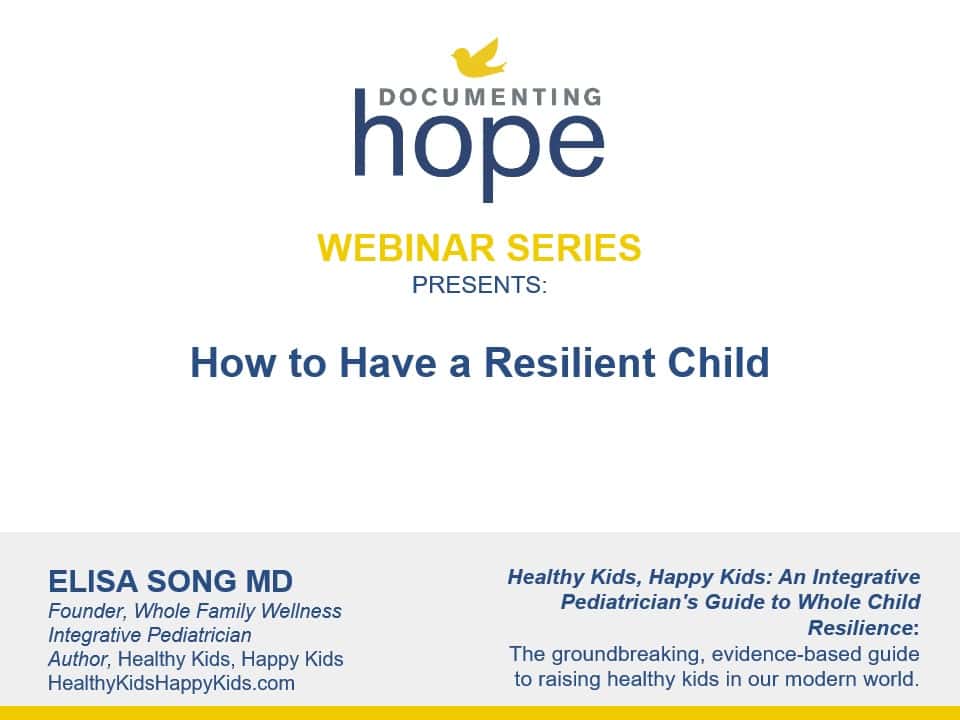What Is a Dysregulated Nervous System?
The nervous system is like “command central” in your body. Its job is to act as the body’s communication network, sending and receiving messages between the brain and the rest of the body. It controls functions such as movement, sensation, thoughts, and basic bodily processes like breathing and digestion. Pediatric chiropractors and functional neurologists have long emphasized the central role of the nervous system in a child’s growth, behavior, and overall health. When the nervous system is well-regulated, children can adapt to their environment, process sensory input effectively, and engage in healthy physical, emotional, and cognitive development. However, when the nervous system is dysregulated, this balance is disrupted, and a range of issues may emerge.
Common Symptoms of a Dysregulated Nervous System
So, what does a dysregulated nervous system look like in children? While each child is unique, there are common signs that are easily identifiable:
Emotional Dysregulation and Mood Swings
Children may experience intense, seemingly unprovoked emotional reactions—such as frequent meltdowns, anxiety, irritability, or difficulty calming down after a stressful event. These signs often reflect an overactive sympathetic (“fight or flight”) response and an underactive parasympathetic (“rest and digest”) system.
Sensory Processing Challenges
Many children with nervous system dysregulation have trouble processing sensory input. They may be overly sensitive to sounds, lights, textures, or touch (sensory defensiveness), or they may seek intense sensory input by crashing into things or chewing on objects. These behaviors often indicate that the brain is struggling to organize and respond appropriately to sensory information.
Sleep Disturbances
Difficulty falling asleep, staying asleep, or waking frequently can be signs of autonomic imbalance or “dysautonomia.” The nervous system may be stuck in a hyper-alert state, making it hard for the body to shift into restful sleep.
Delayed or Regressive Development
Motor delays (such as late crawling, walking, or poor coordination), speech delays, or regression in developmental milestones can indicate that the brain and body are not communicating effectively—often a hallmark of neurological dysregulation.
Digestive Issues
Chronic constipation, reflux, bloating, or inconsistent bowel movements are common among children with dysregulated nervous systems. The vagus nerve, which governs digestion, may be under-functioning due to imbalances in the autonomic nervous system.
Frequent Illnesses or Poor Immune Function
When the body is in chronic stress mode, immune function can be suppressed, leaving children more vulnerable to frequent infections or prolonged illness.
Hyperactivity or Inattention
Kids who can’t sit still, struggle to focus, or seem to be constantly “on edge” may not just have behavioral issues—they may have a nervous system that is operating in survival mode, unable to calm and regulate itself.
Supporting Nervous System Health
There are many ways to support your child’s nervous system health. Some of these methods can be done at home and are accessible to everyone. You can learn about some of these techniques here. If you need professional help, pediatric chiropractors use gentle, neurologically-focused adjustments to help restore balance to the nervous system, often observing improvements in sleep, behavior, and digestion. Other practices such as occupational therapy, cranial sacral therapy, neurosensorimotor therapies and more can be used to support a child’s nervous system regulation.
Understanding the signs of nervous system dysregulation is a vital first step in supporting a child’s path toward health and resilience. With the right support, many children can shift from surviving to thriving.
About Beth Lambert
Beth Lambert is a former healthcare consultant and teacher. As a consultant, she worked with pharmaceutical, medical device, diagnostic and other health care companies to evaluate industry trends.
She is the author of A Compromised Generation: The Epidemic of Chronic Illness in America’s Children (Sentient Publications, 2010). She is also a co-author of Documenting Hope's Brain Under Attack: A Resource for Parents and Caregivers of Children with PANS, PANDAS, and Autoimmune Encephalitis. She is a co-author of Reversal of Autism Symptoms among Dizygotic Twins through a Personalized Lifestyle and Environmental Modification Approach: A Case Report and Review of the Literature, J. Pers. Med. 2024, 14(6), 641.

In 2009, Beth founded Documenting Hope and currently serves as Executive Director. Beth attended Oxford University, graduated from Williams College and holds a Masters Degree in American Studies from Fairfield University.
Still Looking for Answers?
Visit the Documenting Hope Practitioner Directory to find a practitioner near you.
Join us inside our online membership community for parents, Healing Together, where you’ll find even more healing resources, expert guidance, and a community to support you every step of your child’s healing journey.







